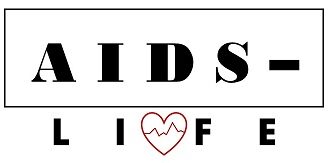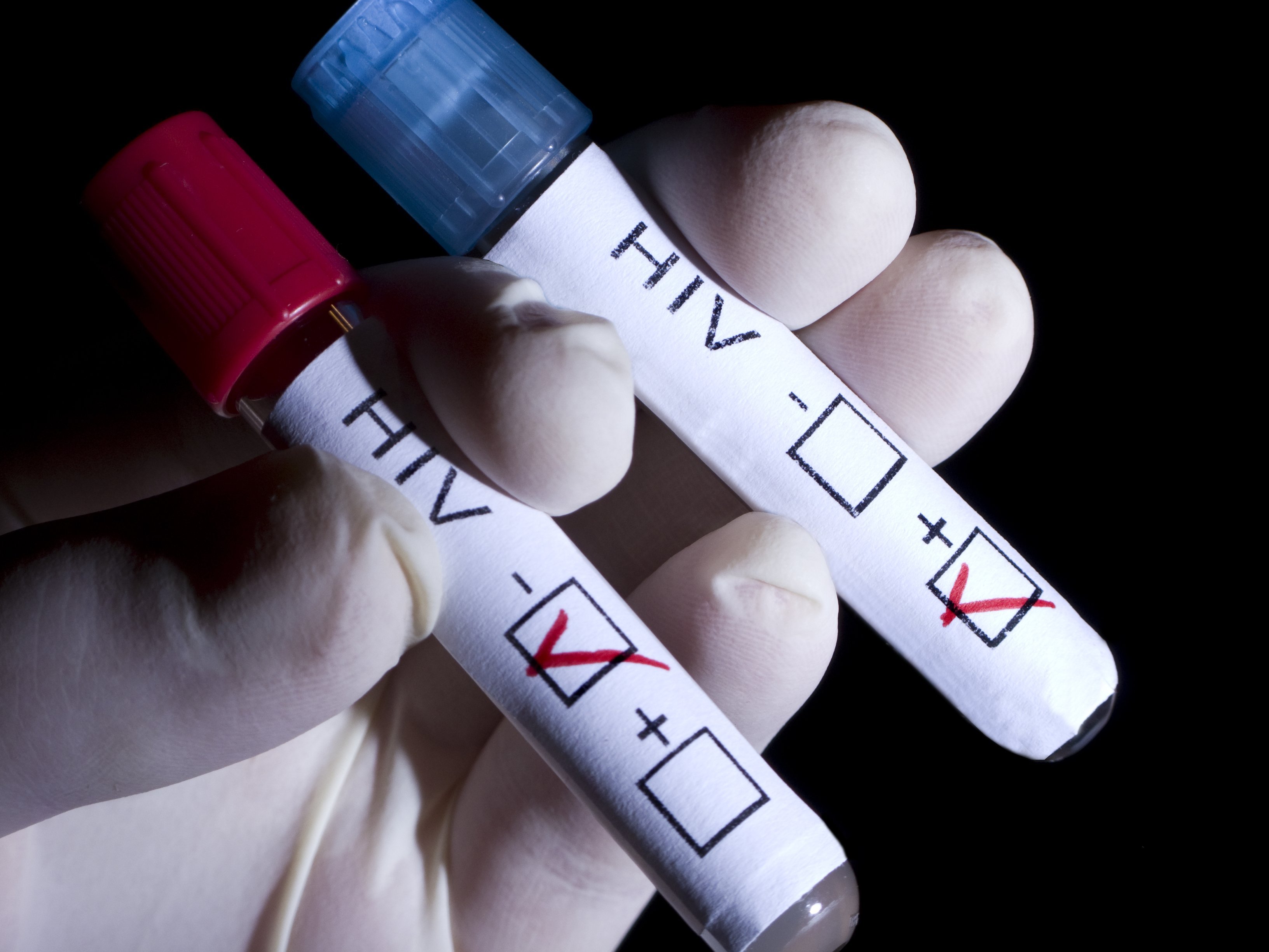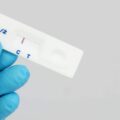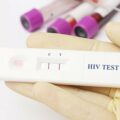Seronegative window for HIV infection
When a person becomes infected with the immunodeficiency virus, timing can affect the results of an HIV test. Although tests have become more accurate, none can detect HIV infection immediately after infection.

The body's defense mechanisms begin to operate after HIV infection. The immune system begins to produce antibodies to attack the virus. This production of antibodies to HIV is called the seronegative period . Before the seronegative period, may not have detectable levels of HIV antibodies in their blood Before the seronegative period, an HIV blood test may give a false negative result. The test will not give a reliable result until the body produces enough HIV antibodies to be detected.
Duration of the seronegative period of HIV infection?
The period between when a person becomes infected with HIV and when tests can detect the infection is called the seronegative period or HIV window period . But, since some people may have stronger immunity, while others may have weaker ones, it is difficult to predict how long this period will last.

The amount of time between first becoming infected with HIV and the development of antibodies detected by HIV tests can vary because each person's immune system is different. It may also depend on the type of HIV test, although most tests detect the presence of HIV antibodies early.
Statistics show that most people test positive within a few weeks of contracting HIV. But for some people, it can take up to 3 months for HIV to be detected in the blood.
Is it possible to become infected with HIV during the seronegative period?
The answer to this question is yes: people can transmit HIV infection during the seronegative period.
The time between infection and the immune system's first response to the virus is the period of " acute HIV infection ". Immediately after infection, the amount of HIV in the body is extremely high. The risk of transmitting the virus is also very high. This is due to the fact that the body has not yet had time to produce the antibodies necessary to fight the virus, and it has not yet received treatment.

At this stage, most people are unaware that they have become infected with HIV. Even if they were tested for HIV, they could get a false negative result. This may lead to you unknowingly spreading the virus to other people.
Therefore, if you suspect that you may have been infected with HIV, it is strongly recommended that you consult a doctor. A medical facility may test your HIV viral load or prescribe preventative treatment for a month.
What symptoms occur during the seronegative period of HIV?
During the seronegative window of HIV infection, a person may develop symptoms similar to the flu or other common viruses. Among these symptoms:
- swollen lymph nodes;
- headache;
- rash;
- fever.
Symptoms may last from several days to several weeks. Their severity can vary from mild to severe. But it is possible to go through the early stages of infection without experiencing any symptoms at all. During this time, a person may not even realize that he has become infected with HIV.
When the body first produces testable levels of antibodies to HIV, people often experience symptoms similar to those of the flu or other viral infections.
Symptoms of seronegative HIV infection may include:
- fatigue;
- fever;
- a sore throat;
- headache;
- body aches;
- swollen lymph nodes;
- swollen tonsils;
- rash.

These symptoms can also appear during the earliest stage of HIV infection, called the acute stage. Symptoms occur because the immune system mounts an attack against the virus.
Symptoms usually last about 14 days but can last for months. Some people do not experience symptoms during the initial stages of infection.
HIV testing
HIV testing is key because it can lead to earlier detection, treatment and reduced risk of HIV transmission.
The only way to know for sure whether a person has HIV is to get tested. Some people may not know they have the virus because HIV infections do not always cause symptoms.
The World Health Organization (WHO) recommends that all people aged 13 to 64 years be tested periodically for HIV, and that people at higher risk of infection be tested annually.
There are three main types of HIV tests:
- Nucleic Acid Tests (NAT) . They test the blood for the presence of RNA from the virus. They are also able to determine the HIV viral load. Such tests are accurate in the early stages of infection, but they are quite expensive. Health care providers typically use these tests for people who have recently been exposed to high risk and have early symptoms of HIV infection.
- Antibody and antigen tests . Antigens are proteins that trigger the body's immune response. HIV produces an antigen called p24, which is present before the body produces antibodies to HIV.
- Antibody tests . These HIV antibody tests require a person to give blood or saliva. This type includes the fastest at-home HIV tests. Antibody tests that require blood from a vein can detect HIV earlier than those that use saliva or finger prick blood.
/163809151-569fedf15f9b58eba4adf8b3.jpg)
The accuracy of HIV tests has improved significantly since scientists first identified the virus. However, even today, no test can accurately detect HIV immediately after infection.




